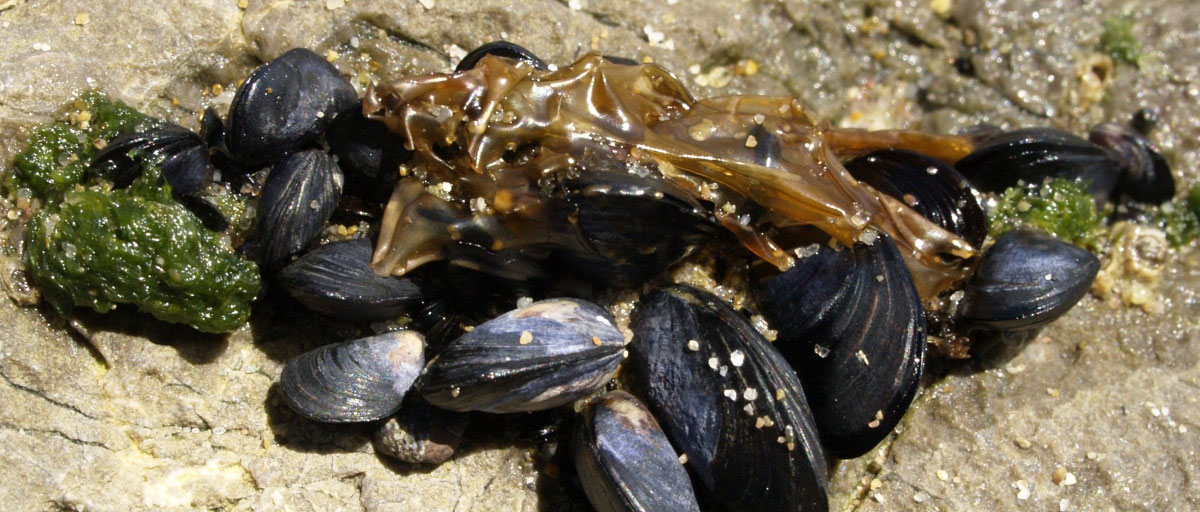Invasive Narratives and the Inverse of Slow Violence: Alien Species in Science and Society
Summary
Environmental narratives have become an increasingly important area of study in the environmental humanities. Rob Nixon has drawn attention to the difficulties of representing the complex processes of environmental change that inflict ‘slow violence’ on vulnerable human (and non-human) populations. Nixon argues that a lack of “arresting stories, images and symbols” reduces the visibility of gradual problems such as biodiversity loss, climate change and chemical pollution in cultural imaginations and on political agendas. We agree with Nixon that addressing this representational imbalance is an important mission for the environmental humanities. However, we argue that another aspect of the same imbalance, or representational bias, suggests the inverse of this is also needed — to unpack the ways that complicated and multifaceted environmental phenomena can be reduced to fast, simple, evocative, invasive narratives that percolate through science, legislation, policy and civic action, and to examine how these narratives can drown out rather than open up possibilities for novel social-ecological engagements.
In this article we demonstrate the idea of invasive narratives through a case study of the ‘invasive alien species’ (IAS) narrative in South Africa. We suggest that IAS reduces complex webs of ecological, biological, economic, and cultural relations to a simple ‘good’ versus ‘bad’ battle between easily discernible ‘natural’ and ‘non-natural’ identities. We argue that this narrative obstructs the options available to citizens, land managers and policy-makers and prevents a more nuanced understanding of the dynamics and implications of biodiversity change, in South Africa and beyond.







